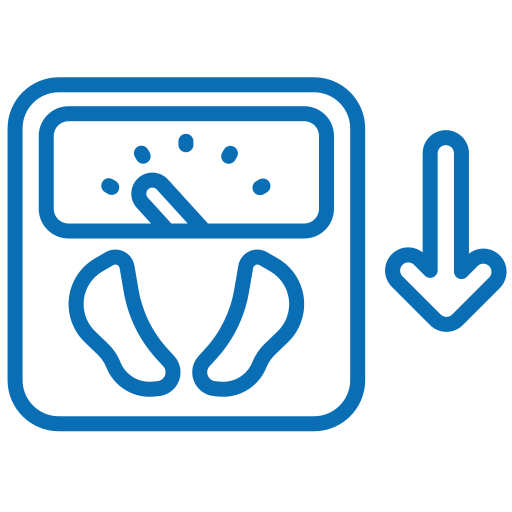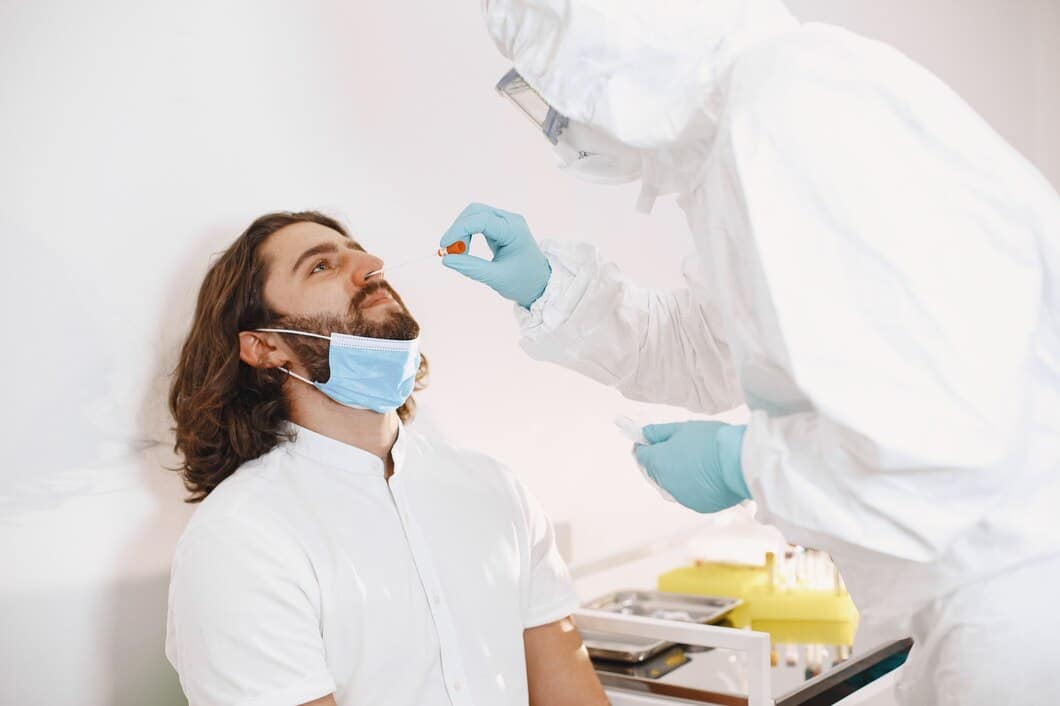Possible Considerations for Parents of Children with Developmental Concerns
It is Time for an X-Ray: Understanding When You Might Need One
When it comes to medical care, knowing when we should seek an X-ray can be tricky. We often wonder whether our symptoms are severe enough to warrant this diagnostic tool. Be it a persistent pain or an unexpected injury, getting an X-ray at the right time might save you hours of treatment, discomfort or even complications.
This blog post seeks to demystify the x-ray process among persons living in the USA and more specifically for patients visiting Absolute Urgent Care. It will focus on various scenarios that may necessitate an x-ray therefore empowering you with necessary information regarding your health choices. This piece elucidates how x-rays work, when they are advised and what to expect during the procedure.
The Basics of X-Rays
X-rays are another form of electromagnetic radiation like visible light but have much higher energy content which allows them to pass through the body and create images of its internal structures. Such images help doctors diagnose problems that cannot be detected by just examining the patient physically.
Instead of just being used on bones, x-rays can also bring out problems relating to soft tissues, organs as well as cavities. Due to their versatility, these machines have become invaluable in many medical settings such as urgent care facilities like Absolute Urgent Care.
Common Uses for X-Rays
Diagnosing Fractures
One common reason for getting an x-ray is fracture diagnosis. Did you fall? Sustain a sport injury? Or have any other trauma that resulted in severe pain, swelling, or deformity? With little pain around your wrist following a bike accident last night and not being sure if my hand was broken; I had undergone a quick x-ray scan.
Identifying Lung Problems
Respiratory issues are another scenario where an X-ray can be incredibly useful. For example, chest- x-rays are usually ordered by doctors to help them diagnose pneumonia, tuberculosis or even lung cancer. Such pain medications do not work hence necessitating the use of these images.
Detecting Digestive Issues
X-rays can also help identify digestive problems. For instance, if you have severe abdominal pain, vomiting, or unexplained weight loss, an abdominal x-ray may show blockages or other complications in the intestines and stomach.
When to Consider an X-Ray for Joint Pain
Unexplained Swelling
The joint being swollen for no apparent reason could indicate a more serious underlying condition such as arthritis or infection. An x-ray will be able to reveal what is wrong so that it can be treated appropriately.
Persistent Pain
If joint pain persists despite rest and over-the-counter medication then it might require diagnosis through an X-ray. Imaging can expose conditions like osteoarthritis and rheumatoid arthritis.
Limited Range of Motion
If your knee or shoulder has limited range of motion, this may signify a structural problem. A snapshot of how that particular joint looks might come in handy during treatment planning and establishing accuracy in diagnosis through x-ray scans.
Sports Injuries and X-Rays
Acute Injuries
In case of athletes like sprains, strains and fractures, acute injuries often demand that one seeks for a scan from an x-ray machine. Immediate imaging can help determine the extent of the injury and inform a treatment plan.
Chronic Pain
Athletes experience chronic pain especially on their weight bearing joints which may need an x-ray to rule out stress fractures or other chronic diseases. This enables early detection that helps prevent longer-term damage.
Complications That can Occur after Surgery
In case you had an operation due to a sports injury and are feeling pain or swelling that seems abnormal, getting an X-ray done can help reveal problems like infections or improper healing processes.
Dental Problems Requiring X-Rays
Toothache
Persistent toothache could be indicative of severe dental issues such as cavities, infections, or impacted teeth. Dental X-rays make it easier for your dentist to diagnose the problem effectively.
Gum Infections
While in most cases involving gum disease have their treatments started without needing X-rays, some diagnosis like bone loss may require imaging. Swollen gums with loose teeth that bleed may necessitate imaging for clarifications on the way forward.
Diagnostic Imaging before Treatment
Many times when patients are about to undergo major dental procedures like root canal treatment and extraction; dentists order for x-rays of the area in order to completely cover all aspects during therapy.
Emergency Situations
Car Crashes
Even if you feel alright after being involved in a car accident an X-ray may disclose hidden injuries which do not show immediately such as hairline fractures or spinal cord injuries.
Serious Falls
Major falls particularly among senior individuals often need an X-ray examination to rule out fractures. Apart from bones, scans also help establish if they have internal damages.
Acute Stomach Ache
Such pains indicate conditions including appendicitis, kidney stones and bowel blockages among others serious illnesses. These conditions can be promptly diagnosed through use of x-ray machines.
X-Rays for Chronic Conditions
Monitoring Arthritis
Frequent x-rays are usually carried out to monitor how chronic diseases like arthritis are progressing. This helps in adjusting treatment plans since one is able to trace changes shown by these images which results from disease progression.
Osteoporosis Control Measures
Periodic x-rays may be necessary so as doctors can assess the density of a patient’s bones and see if their management program is working. Through proper imaging, one can always detect weakening bones before fractures occur.
Scoliosis
Patients with scoliosis may need regular X-rays to assess the curve of their spine and suggest suitable treatments such as wearing braces or going for surgery.
Pediatric Considerations
Growth plate Fractures
Children are more prone to growth plate fractures that might impair normal bone development. To avoid delayed treatment, an x-ray scan will help identify these injuries in time.
Developmental Anomalies Such As Hip Dysplasia Or Clubfoot. Immediate imaging can result in a better prognosis through earlier intervention.
Dental Growth
By taking this picture, doctors who deal with young ones’ teeth get to know how they are growing up. For instance, if there are spacing problems or when dental health needs orthodontic treatment.
Preparing for Your X-Ray
What You Should Know Ahead Of Time
Knowing what will happen during your X-ray examination will surely put you at ease. Usually it’s a fast process and does not require any special preparations from patients.
Apparel And Accessories
You’ll be asked to remove any clothing or jewellery that may obstruct the image formation process in most cases. Wearing loose fitting clothes makes work easier for both the technologist and yourself.
Interacting With The Technologist:
If you have any reservations about something related to the procedure; feel free to share it with your technologist who will explain each step until you are comfortable throughout.
Safety Measures
Exposure To Radiation:
The radiation doses used during x-ray examinations are generally safe although these procedures do involve some extent of exposure.Authorities ensure that the lead aprons as well as other precautions minimise the patient’s exposure levels during radiologic diagnostics too.
Expectant Mothers:
It is important for women who suspect they may be expecting or those already pregnant to inform their physicians earlier on regarding x rays because alternatives may be suggested due to the potential hazards to their unborn babies.
Frequency of X-Rays
Based on your specific health needs, your doctor will determine how many x-rays you need every year. Chronic conditions may require constant monitoring while in other cases only one image is required.
Post-X-Ray Steps
Reviewing Results
The x-ray results will be reviewed by your physician and discussed with you. This assessment will comprise the diagnosis as well as any suggested treatment steps.
Follow-Up Appointments
You might have to book for a follow-up visit depending on the findings after the x-ray. These visits could include further imaging or a personalised treatment program that has been started.
Treatment Plans
In reference to your x ray findings, medication therapy, physical therapies and even surgeries can be outlined by doctors.. Throughout this stage, it is necessary for patients and their healthcare providers to communicate effectively.
Knowing when to go for an X-ray can highly affect one’s health outcomes. Modern medical technology uses X rays in various ways such as diagnosing fractures, chronic disease management and ensuring child growth among others. At Absolute Urgent Care, we prioritise your health and comfort, offering expert care and advanced imaging services to meet all your medical needs.
Taking proactive steps in your healthcare can make all the difference. If you’re experiencing any symptoms mentioned in this post, don’t hesitate to seek professional advice. For personalised care and expert guidance, visit Absolute Urgent Care and explore our comprehensive services.






















